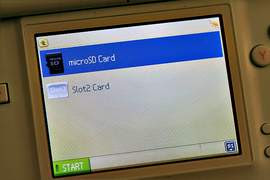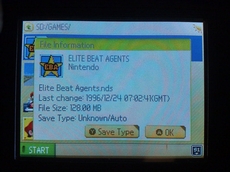The advertiser directs visitors to a seller's website and for this the advertiser receives a percentage of the revenue generated from the visitors coming from the advertiser. The advertiser is said to be an affiliate of the seller.
The percentage paid by the seller to the affiliate is set by the seller and varies depending on the type of products, the profit margin on the products sold and how keen the seller is to promote his or her products through affiliates. Percentages anywhere between 10% and 75% are common.
The advantage for the seller includes additional sales and that the seller knows exactly what margin he or she will have on products sold to visitors coming from affiliates. If the seller markets his or her products through advertising using sponsored links, banners, text ads or similar, the seller does not know before starting a campaign what number of sales will be generated per dollar spent on advertising. The seller thus does not know if the campaign pays off or not. With sales generated from affiliates the seller knows exactly what percentage of revenue from a sale goes to the affiliate and therefore knows exactly how much is left for the seller. A seller who offers an affiliate program can have hundreds or even thousands of affiliates.
For the affiliate participation in an affiliate program allows the affiliate to make money without having a product to sell. For the affiliate, revenue can be generated simply from attracting visitors. The affiliate does not need to worry about procuring or shipping products or about providing any kind of support to the buyer. The affiliate has a wide range of choices for how to attract visitors. In a common setup, the affiliate has a website from which visitors can be sent to the seller's website. The affiliate may also have a blog which generates so much traffic that it pays of to direct visitors to a seller's website. A blog can be created for free and so is the choice of many affiliates. Finally, an affiliate may direct traffic to a seller's website by advertising using banners, text ads or sponsored links as available through Google's AdWords, Overture or similar services. If the affiliate attracts visitors from such advertising only, the affiliate does not need to create a website or blog and so does not need to create any content for such.
Affiliate programs and paying of commissions to the affiliate can be supported by third parties or be handled directly between the seller and the affiliate. If paying of commission is handled directly between seller and affiliate, the affiliate normally needs to sign up for the affiliate program on the seller's website. In case of third parties handling payment of commission it is common that no agreement needs to be set up between the affiliate and the seller. The third party however will then have separate agreements with the seller and with the affiliate. Commissions are normally paid by cheque but in some cases it is paid by PayPal or wire transfer.
Technically affiliate programs are normally supported so a visitor's IP address is recorded when the visitor follows a link provided by the affiliate to the seller's website. If a purchase is made and payment is collected, the visitor's IP address is determined again, and if it matches that recorded when a link was followed, the commission can be paid instantly. In some cases a "cookie" is stored on a visitor's computer when a link is followed and this is used to identify the source of the visitor.
In short, affiliate programs allow sellers and affiliates to share the revenue generated for sales from sellers' websites and can generate considerable income for both parties.









